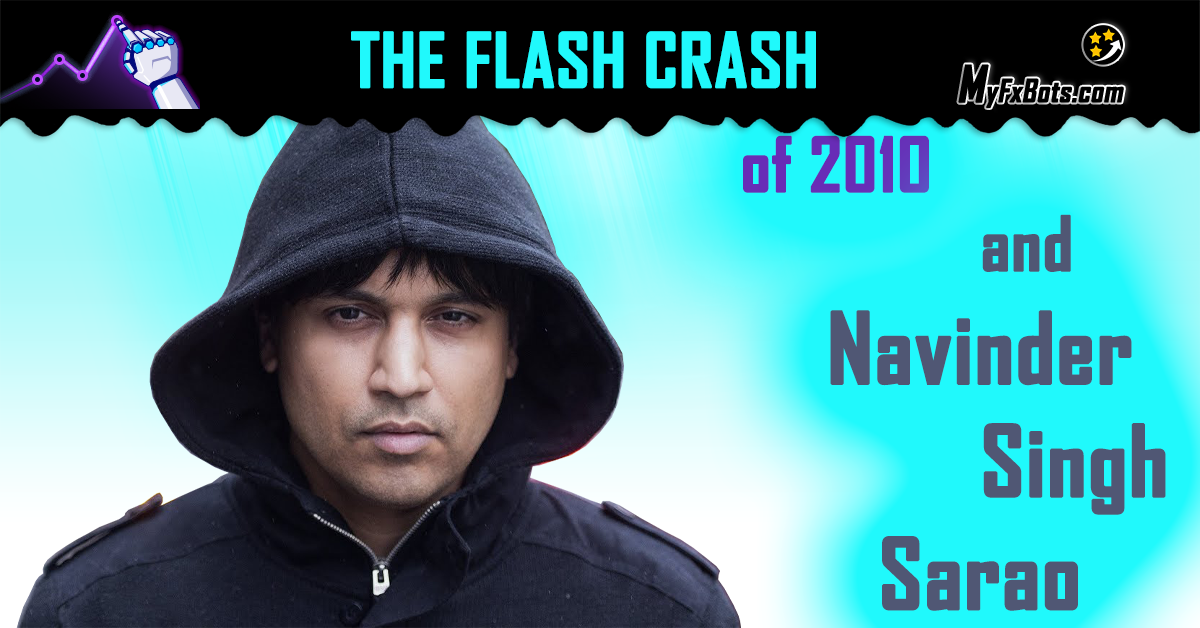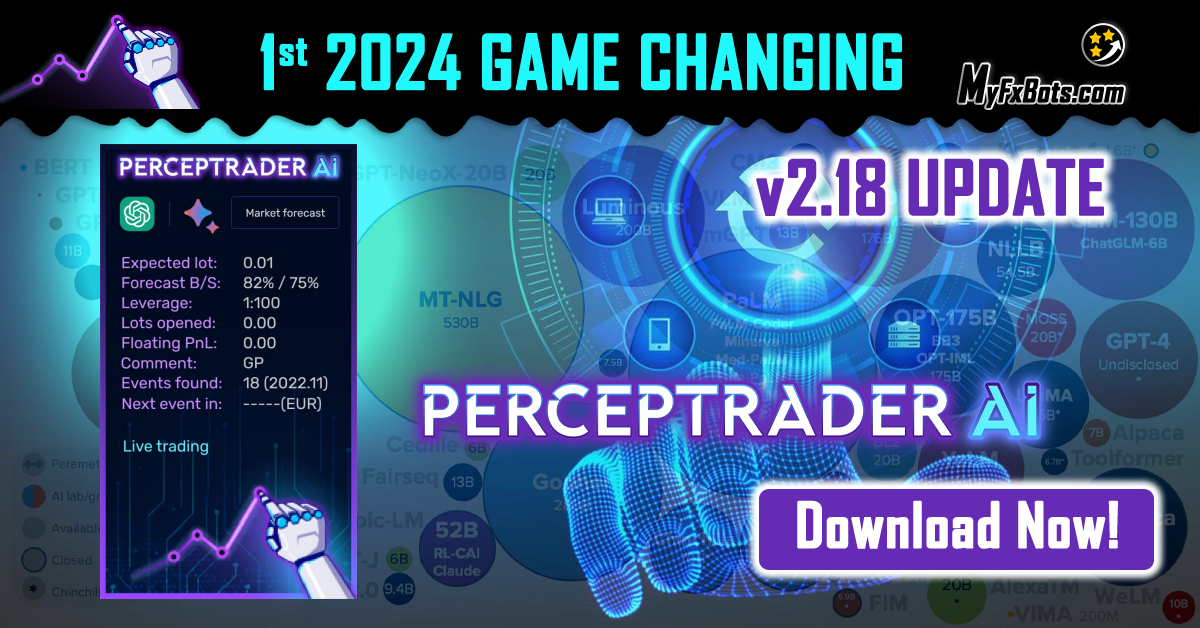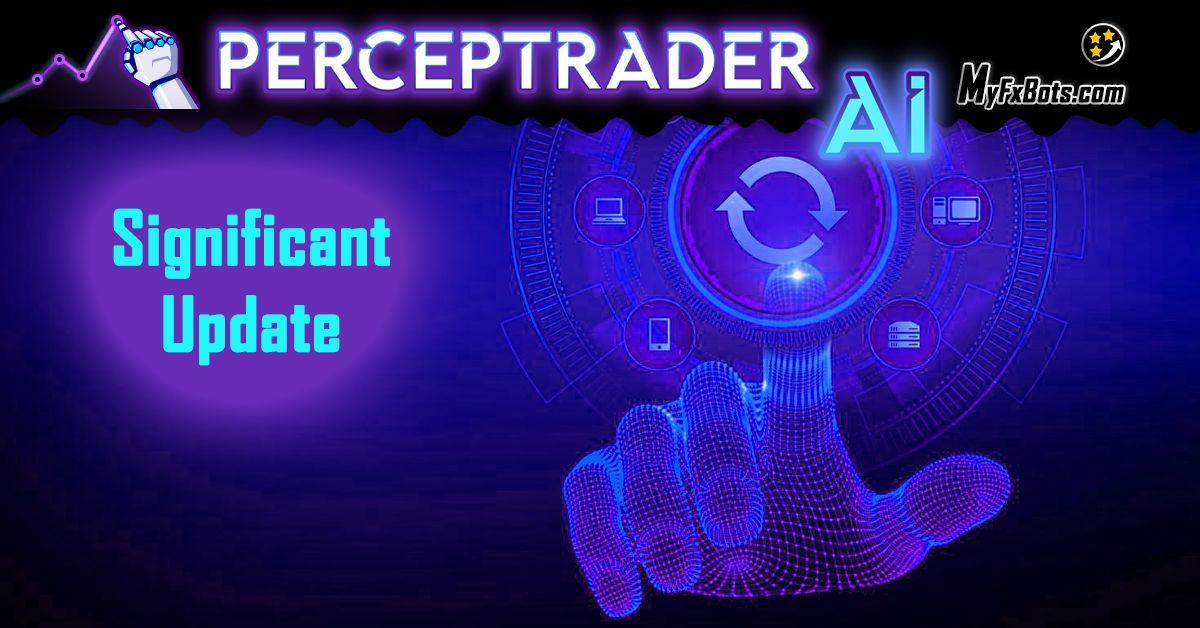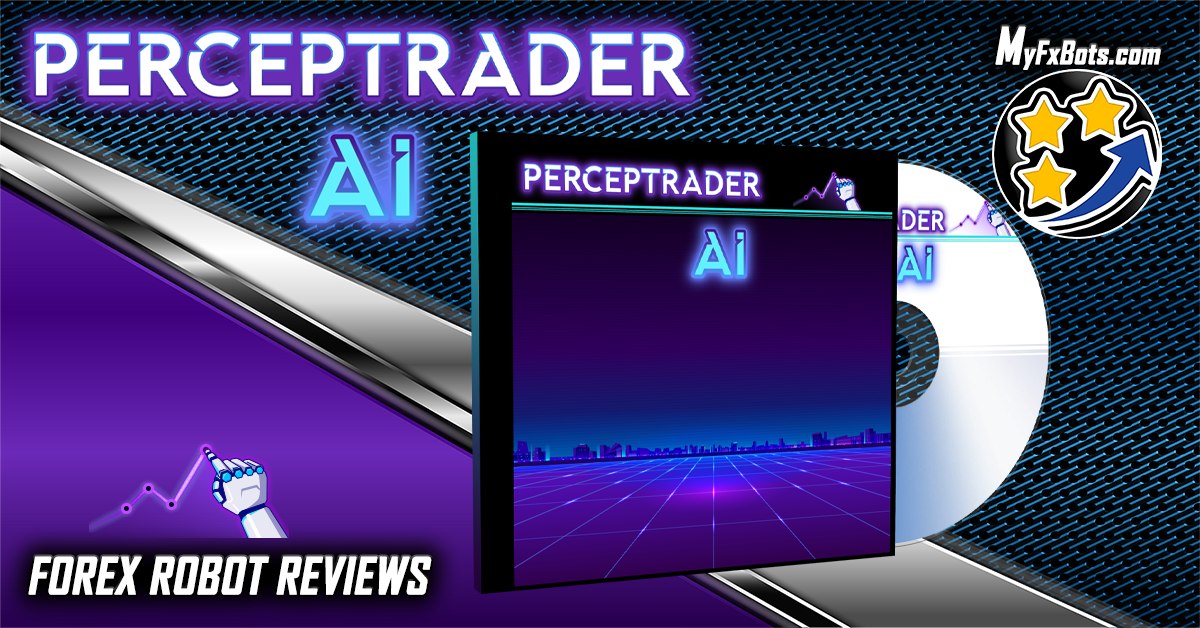
The flash crash of 2010 was a significant event that occurred in the stock market, resulting in a massive decline in share prices that lasted only for a few minutes. One of the key figures involved in the flash crash was Navinder Singh Sarao, a London-based trader who was accused of playing a role in the crash through his algorithmic trading.
The flash crash of 2010
On May 6, 2010, the stock market experienced a sudden and inexplicable decline in share prices. The Dow Jones Industrial Average (DJIA), which tracks the performance of 30 major companies in the United States, fell by more than 600 points in just a few minutes. This event, known as the flash crash, sent shockwaves through the financial industry and raised concerns about the stability of the stock market.
The role of Navinder Singh Sarao
Navinder Singh Sarao, a 36-year-old trader, was accused of playing a role in the flash crash. Sarao ran a high-frequency trading firm called Nav Sarao Futures Limited, which employed algorithmic trading strategies to place large trades in the market. These strategies allowed Sarao's firm to make quick profits by taking advantage of small price movements.
On the day of the flash crash, Sarao's firm executed a series of trades that created a surge in the volume of certain stocks, including E-Mini S&P 500 futures. This increase in trading activity may have contributed to the panic and sell-off that occurred during the crash.
Sarao's legal troubles
In the aftermath of the flash crash, investigations were launched to determine the cause of the crash and to identify any individuals or entities involved. Sarao was charged by the United States Department of Justice with wire fraud, market manipulation, and spoofing, a practice in which a trader places buy or sell orders in the market with the intent of cancelling them before execution.
Sarao pleaded not guilty to the charges and argued that his actions were not the cause of the flash crash. However, in 2015, he was convicted of market manipulation and was sentenced to 51 months in prison.
Lessons learned from the flash crash
The flash crash of 2010 highlighted several vulnerabilities in the stock market and the need for enhanced safeguards to prevent similar events in the future. The crash raised questions about the role of algorithmic trading and the potential risks it posed to the stability of the market.
In response, regulatory authorities implemented measures such as circuit breakers, which temporarily halt trading when stock prices reach certain levels, and circuit breakers that trigger additional scrutiny and reporting requirements for large trades. These measures are intended to prevent sudden and unexplained movements in the market and to provide traders with clearer information about market behavior.
Conclusion
The flash crash of 2010 was a significant event that brought attention to the role of algorithmic trading and the potential for market manipulation. Navinder Singh Sarao's involvement further highlighted the need for robust regulations and enforcement to prevent such events from occurring in the future. The incident serves as a reminder of the importance of maintaining transparency and ensuring fair practices in the stock market.
Latest Perceptrader AI Posts









MyFxBots Admin
[Last Modified On Mon, 25 Dec 2023]Other Valery Trading Forex Robots
Evening Scalper PRO
Evening Scalper PRO uses an original & compelling trading logic on cross pairs that have a solid mean-reverting tendency with high-profit targets (unlike most night scalpers).
Night Hunter PRO
Night Hunter PRO utilizes smart entry/exit algorithms to identify only the safest entry points during calm periods of the
market.
Golden Pickaxe
The highest-performing gold EAs all share the same common logic: grid trading.
Valery Trading EA developers team have developed the #1 ranked grid trading EA, called Waka Waka, and then they have applied many of the algorithmic principles from Waka Waka to this gold EA, and the results have been mind-blowing: Golden Pickaxe performs even better than Waka Waka.
Perceptrader AI
Perceptrader AI is a cutting-edge grid trading system that leverages the power of Artificial Intelligence, utilizing Deep Learning algorithms and Artificial Neural Networks (ANN) to analyze big amounts of market data at a high speed and detect high-potential trading opportunities to exploit.
News Catcher PRO
Investing in intraday seasonal volatility patterns driven by news events is the goal of News Catcher PRO, which is a sophisticated mean-reversion trading strategy.
News Catcher PRO does not use martingale or grid by default (optional grid is available).
Talk about Perceptrader AI
Information, charts or examples contained in this blog post are for illustration and educational purposes only. It should not be considered as an advice or endorsement to purchase or sell any security or financial instrument. We do not and cannot give any kind of financial advice. No employee or persons associated with us are registered or authorized to give financial advice. We do not trade on anyone's behalf, and we do not recommend any broker. On certain occasions, we have a material link to the product or service mentioned in the article. This may be in the form of compensation or remuneration.
-
Social & Feed
- @myfxbots
- @myfxbots.Expert.Advisors
- @myfxbots.expert.advisors
- @myfxbots.expert.advisors
- @myfxbots_eas
- @myfxbots
- @myfxbots
- @myfxbots
- @myfxbots
- @myfxbots
Tags
Forex Combo System WallStreet Forex Robot 3.0 Domination Omega Trend Broker Arbitrage FX-Builder Forex Diamond Volatility Factor Pro GPS Forex Robot Tick Data Suite Vortex Trader PRO Forex Trend Detector Swing Trader PRO RayBOT Forex Gold Investor FXCharger Best Free Scalper Pro Gold Scalper PRO News Scope EA PRO Smart Scalper PRO FX Scalper Evening Scalper PRO Waka Waka Golden Pickaxe Happy Bitcoin Algocrat AI Traders Academy Club Quant Analyzer AlgoWizard Quant Data Manager FXAutomater InstaForex RoboForex IronFX Tickmill FXVM Alpari FX Choice TradingFX VPS Commercial Network Services VPS Forex Trader QHoster GrandCapital IC Markets FBS FX Secret Club StrategyQuant X Happy Forex LeapFX Trading Academy ForexTime Magnetic Exchange XM BlackBull Markets ForexSignals.com Libertex AMarkets HFM Broker FxPro Binance ACY Securities IV Markets Forex VPS MTeletool Forex Store Valery Trading Telegram Signal Copier Telegram Copier Forex Robot Academy Forex Robot Factory (Expert Advisor Generator) SMRT Algo EGPForex
Risk
Forex trading can involve the risk of loss beyond your initial deposit. It is not suitable for all investors and you should make sure you understand the risks involved, seeking independent advice if necessary.
Forex accounts typically offer various degrees of leverage and their elevated profit potential is counterbalanced by an equally high level of risk. You should never risk more than you are prepared to lose and you should carefully take into consideration your trading experience.
Past performance and simulated results are not necessarily indicative of future performance. All the content on this site represents the sole opinion of the author and does not constitute an express recommendation to purchase any of the products described in its pages.








